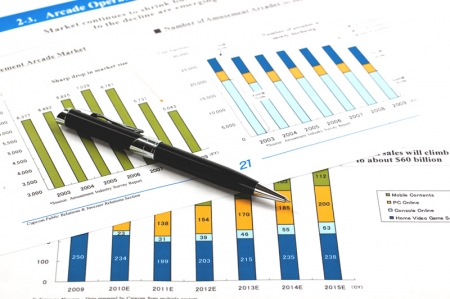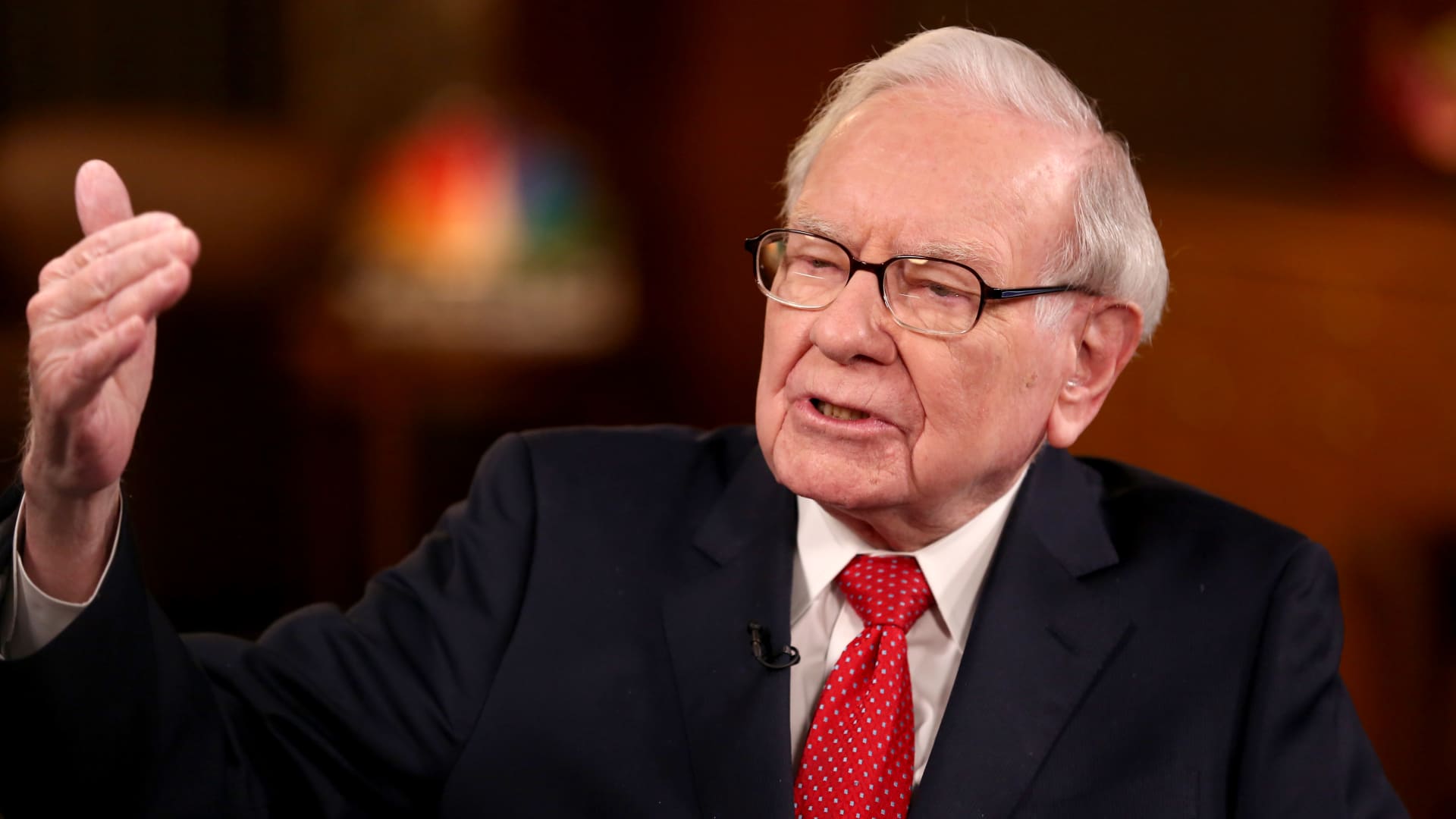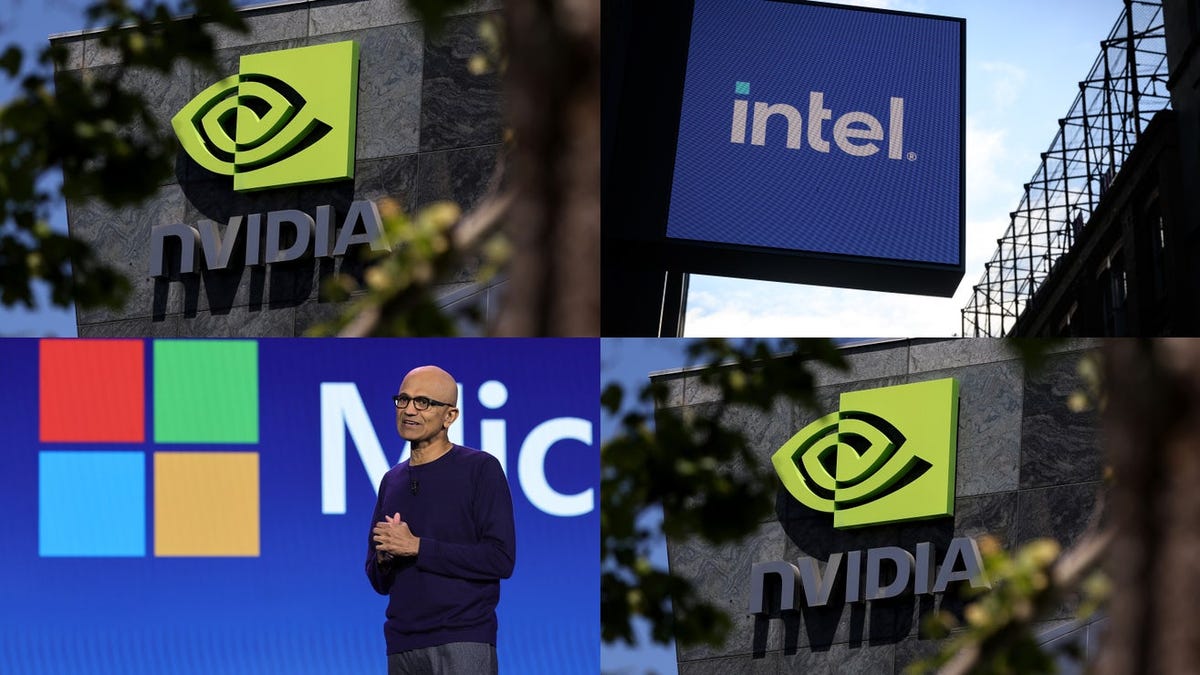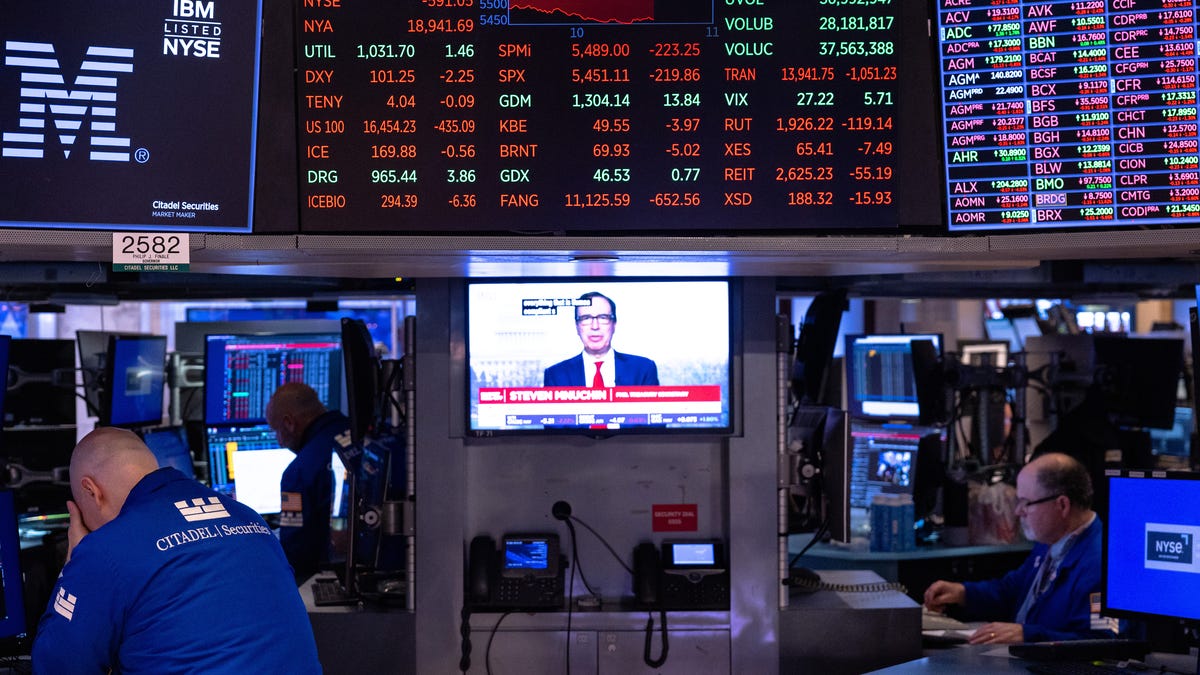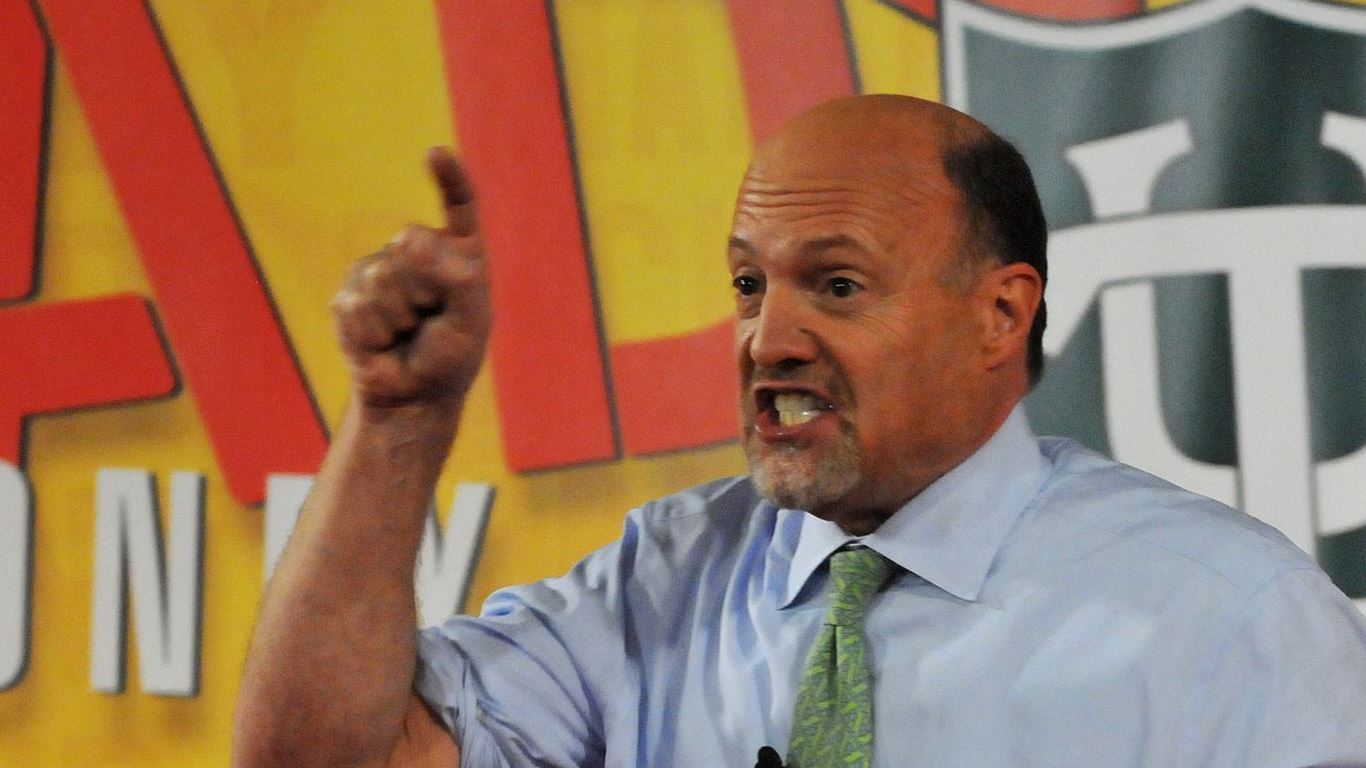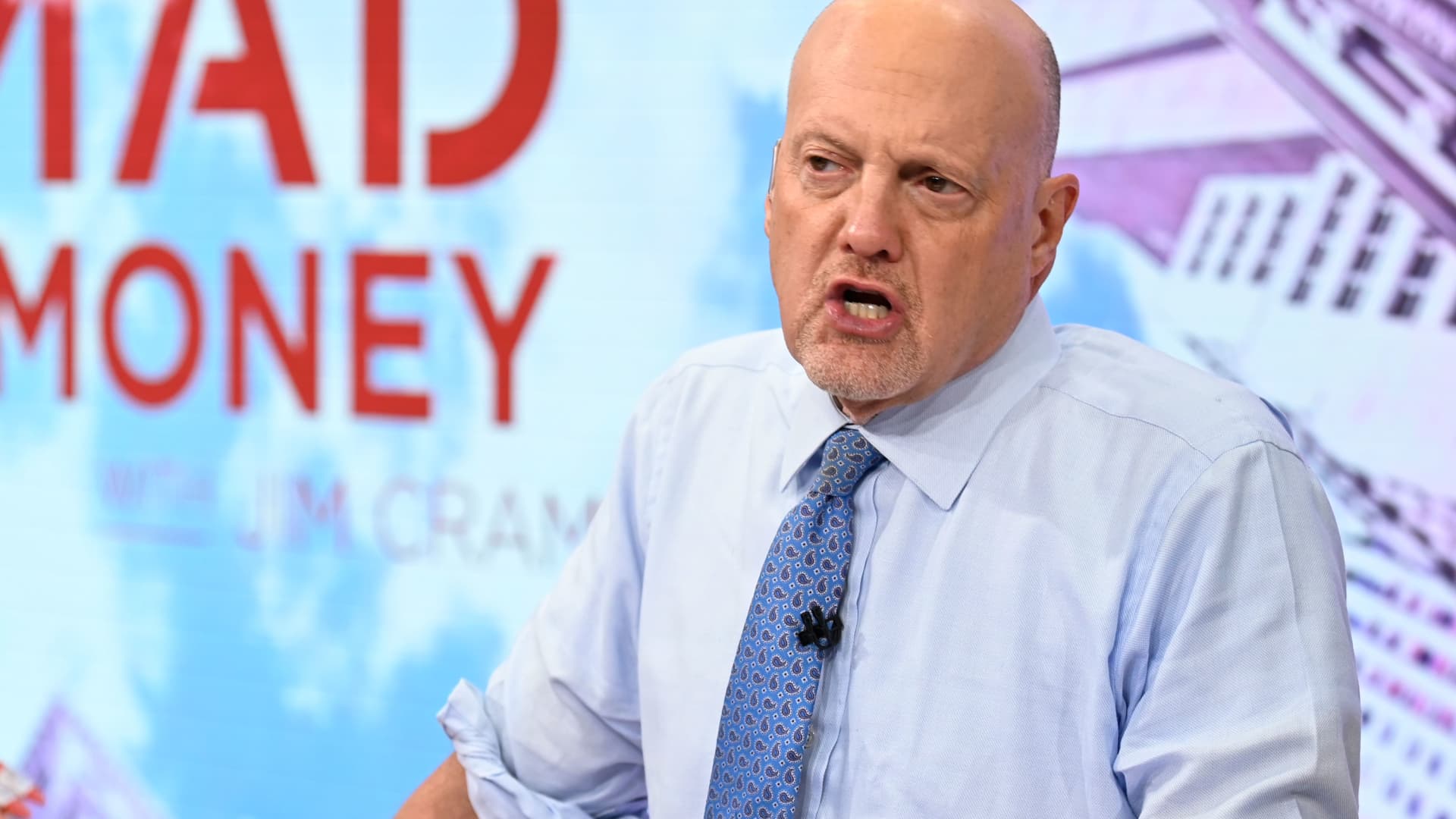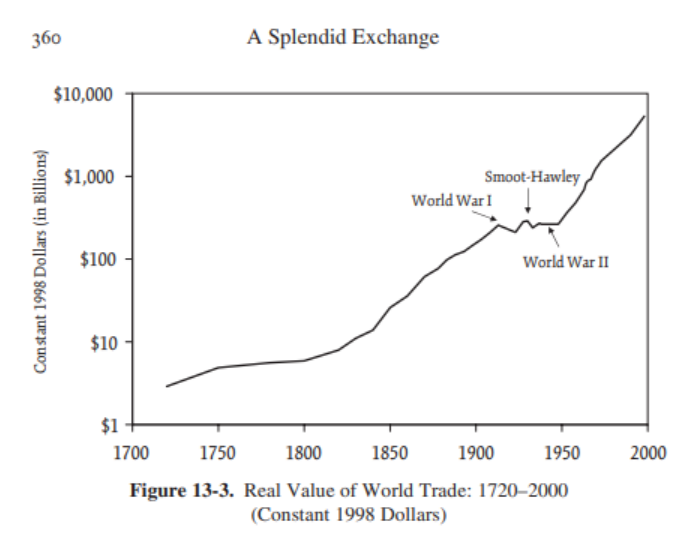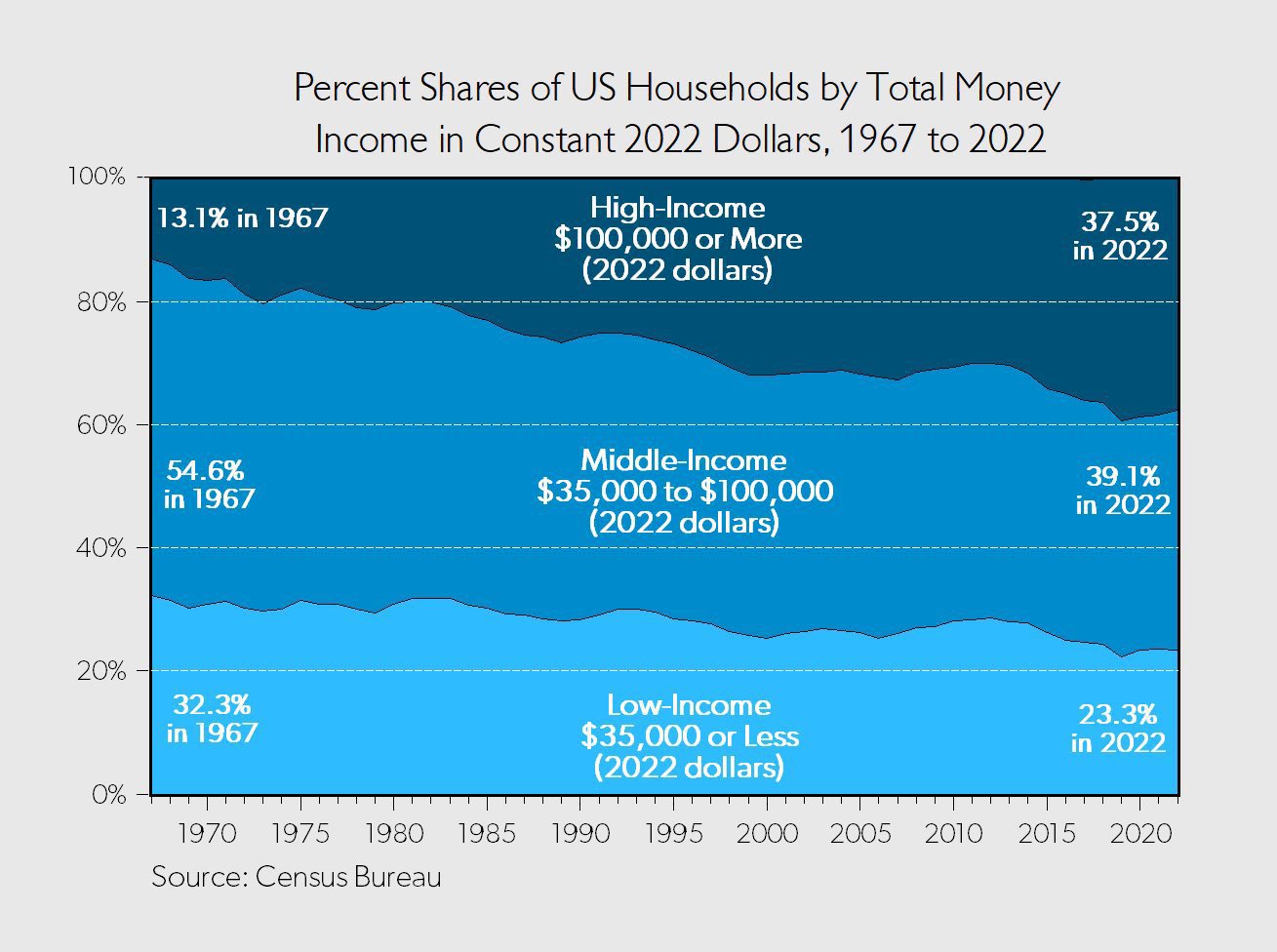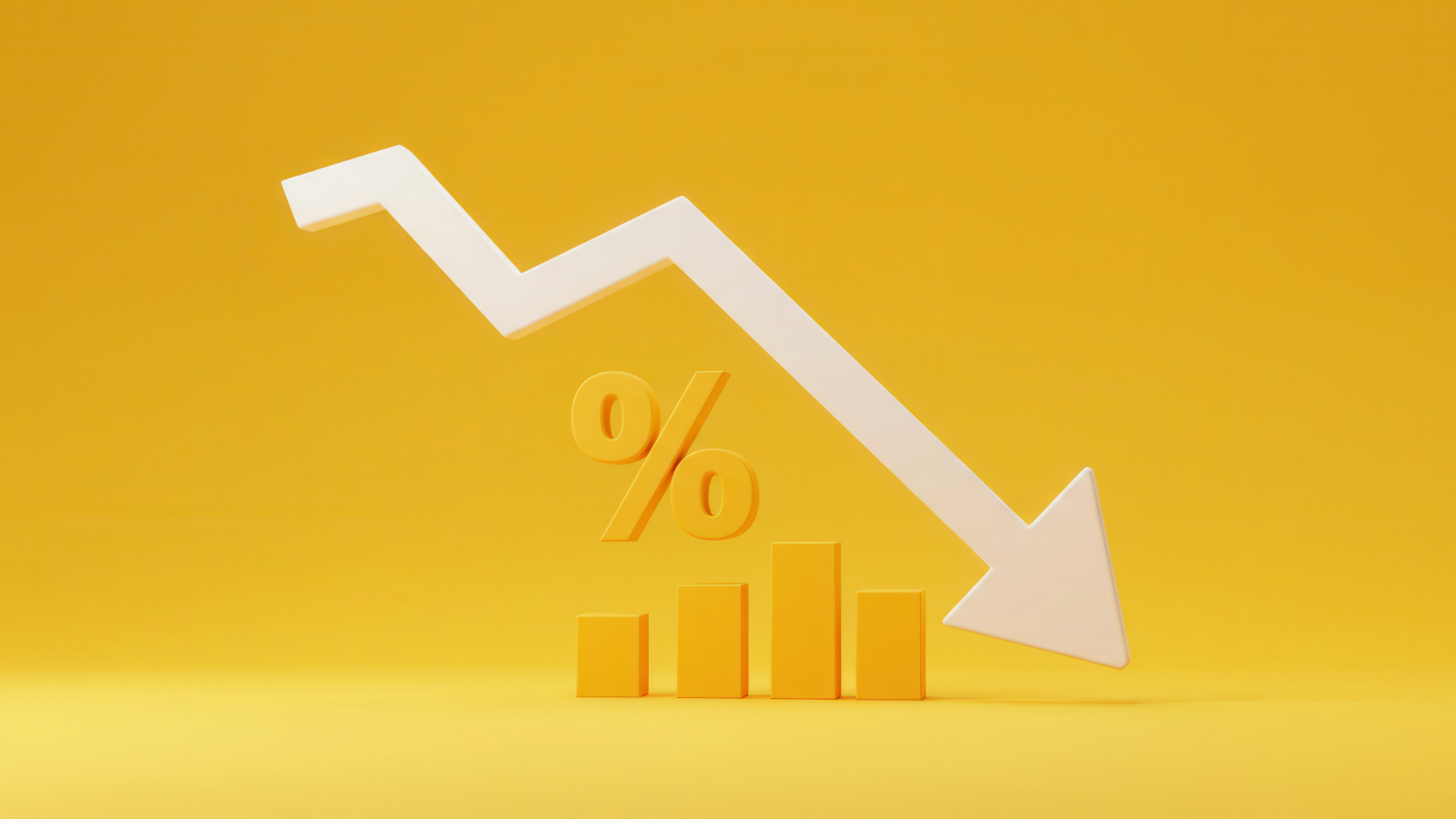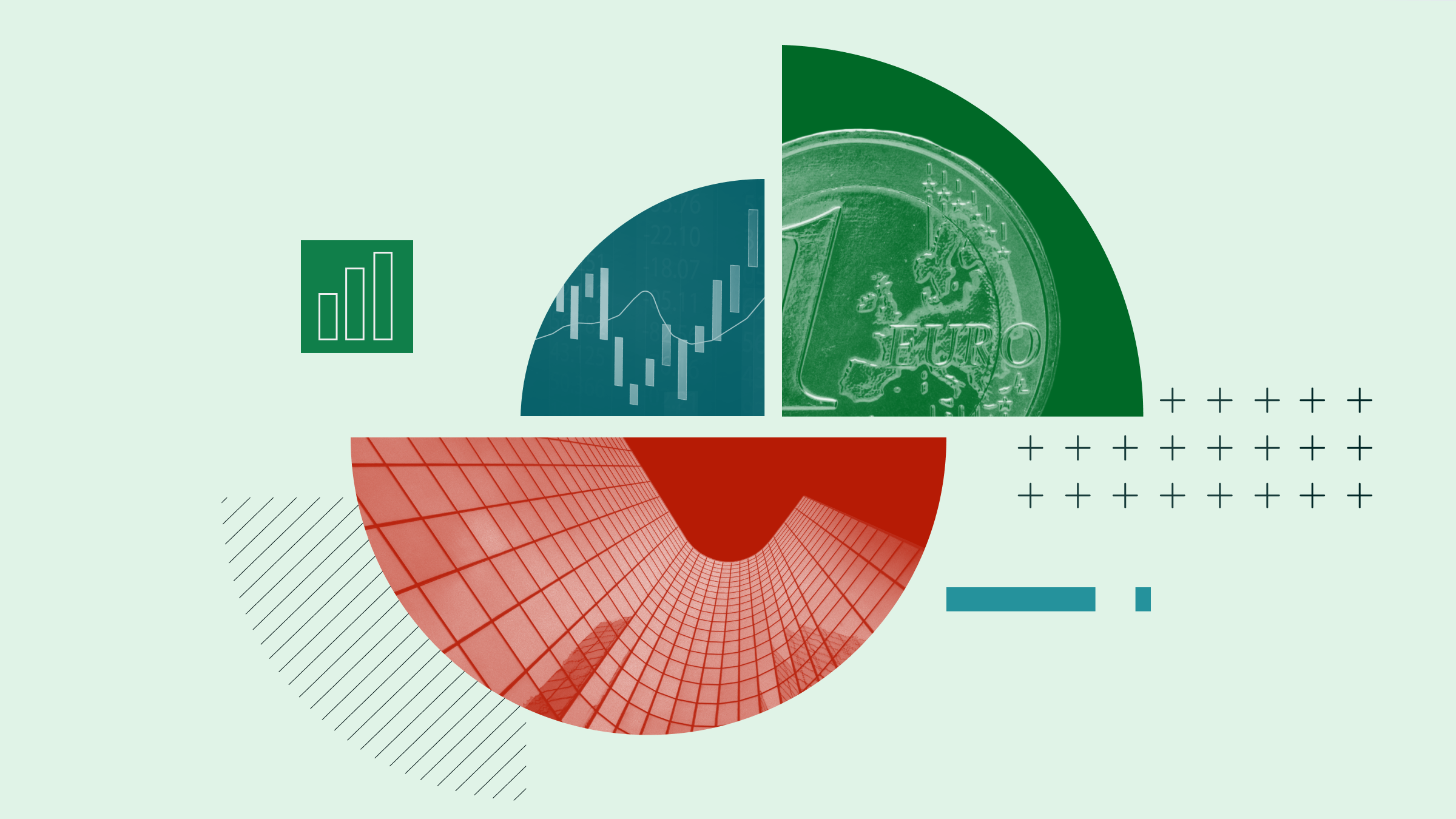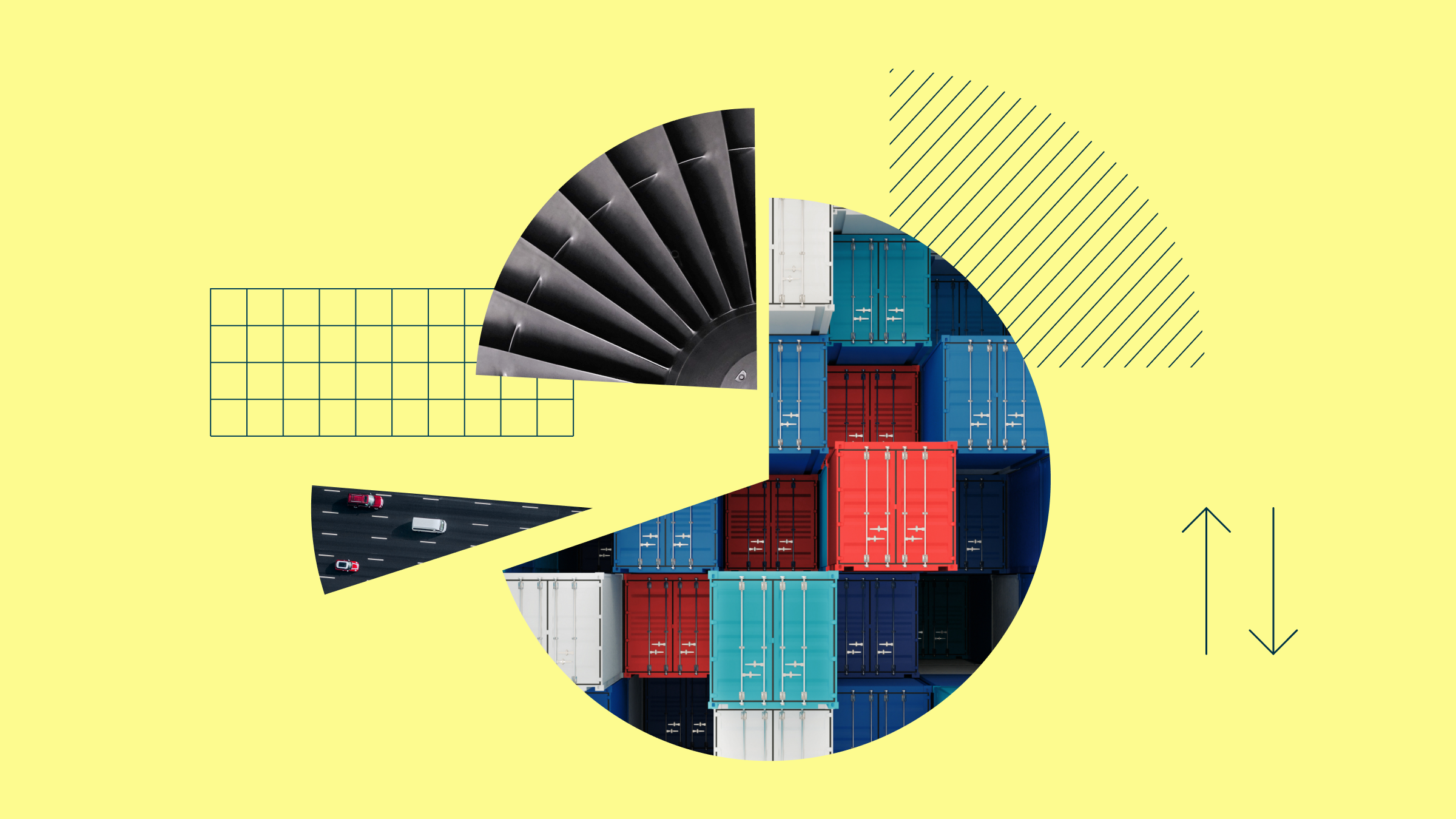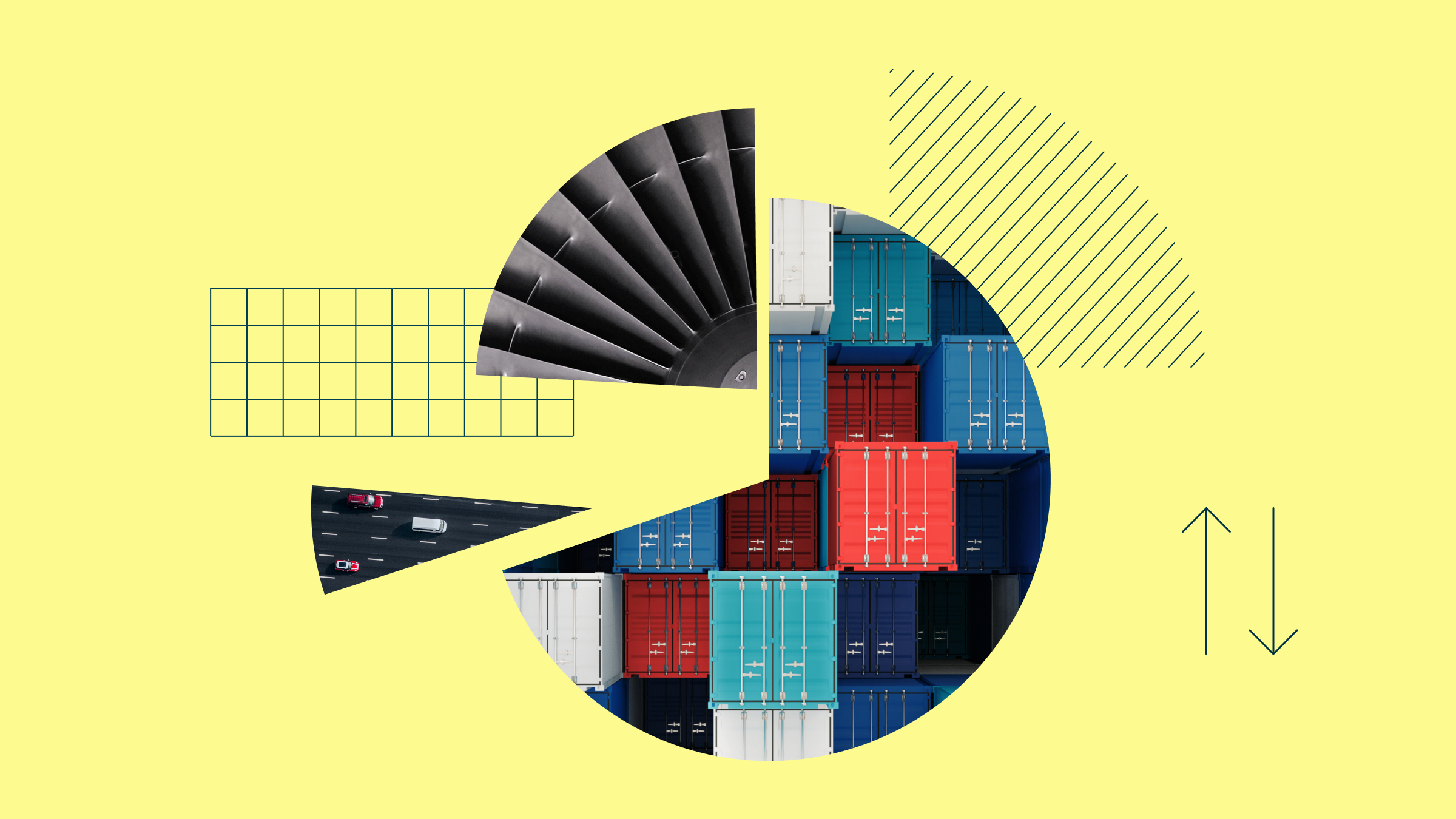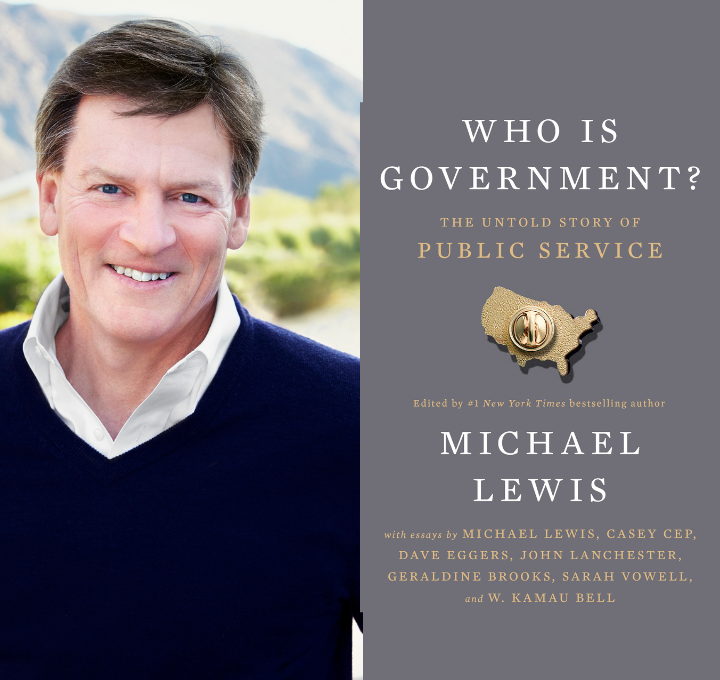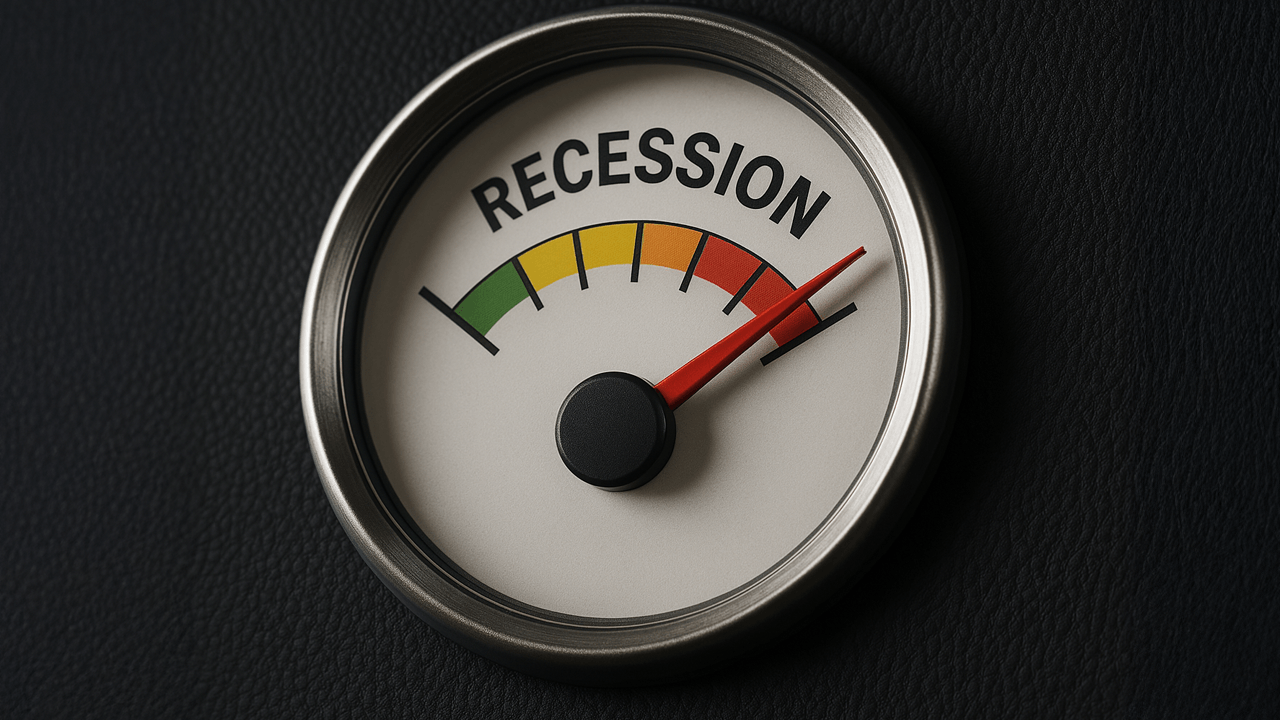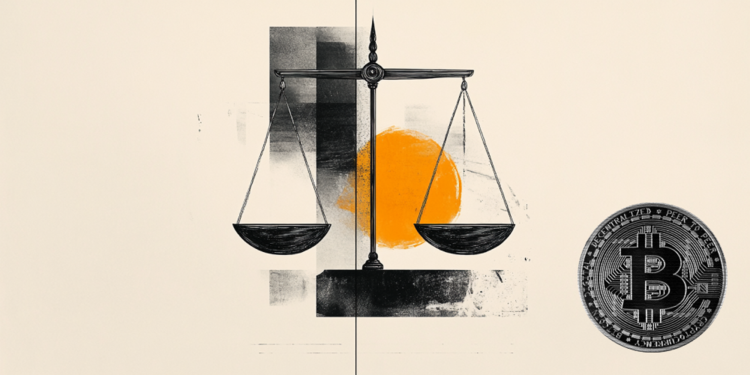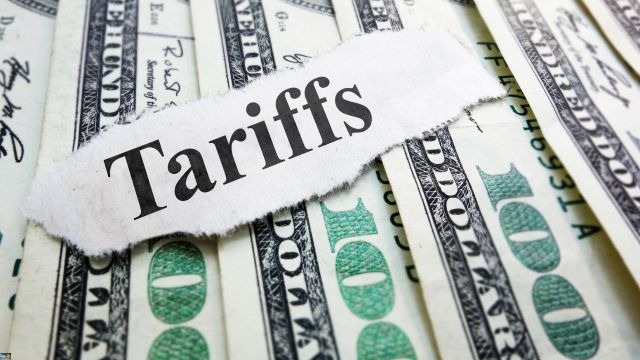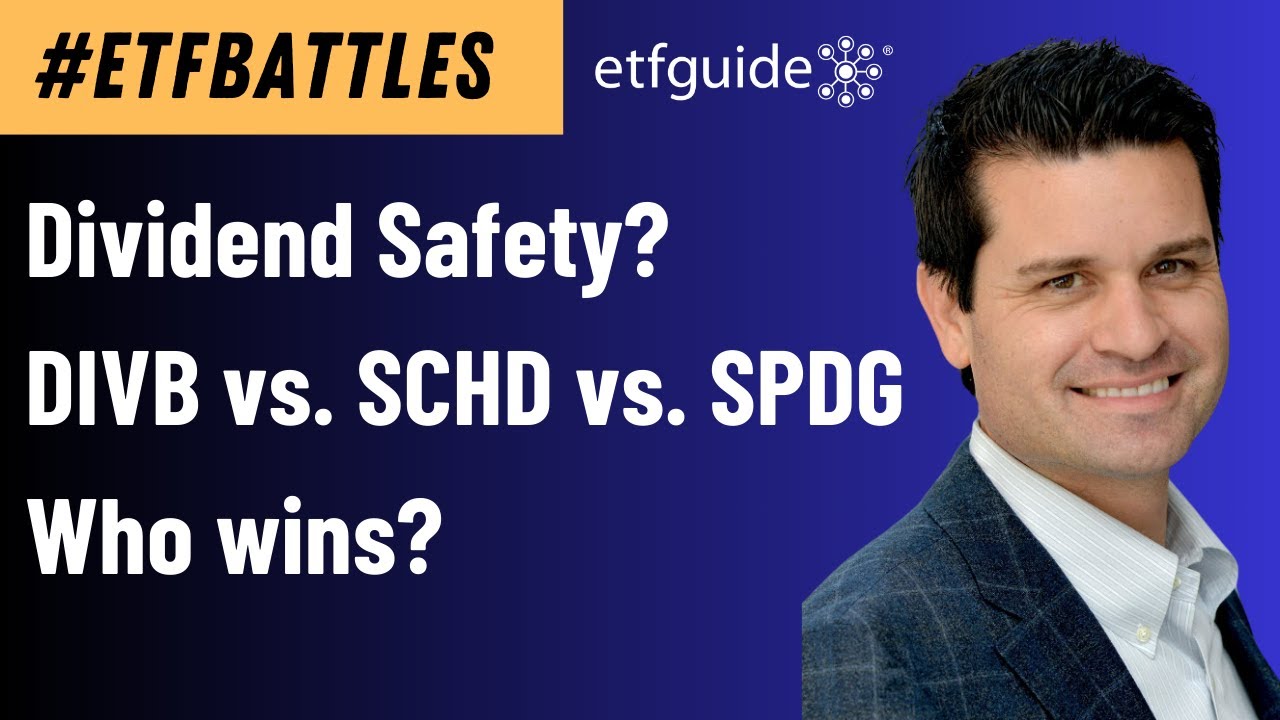Why Convertible Bond ETFs Were Quietly Thriving This Year
Convertible bond ETFs found themselves on a stealthy ascent in the first half of a first quarter that’s now come to a close. With stocks tumbling into correction territory over fears of economic damage that could be done at the hands of Trump’s tariff, all of the year-to-date gains in convertible bond ETFs have now […] The post Why Convertible Bond ETFs Were Quietly Thriving This Year appeared first on 24/7 Wall St..
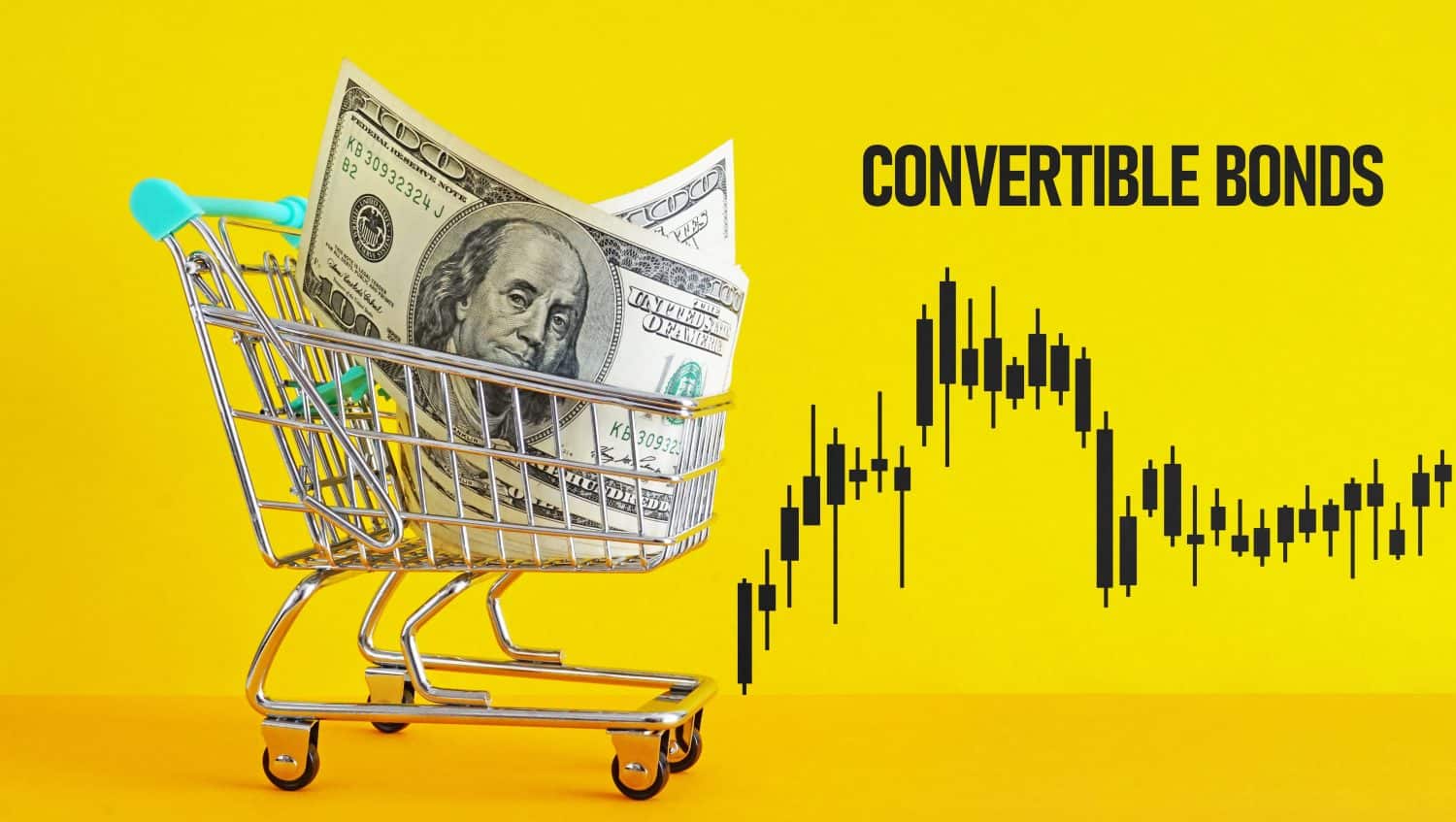
Convertible bond ETFs found themselves on a stealthy ascent in the first half of a first quarter that’s now come to a close. With stocks tumbling into correction territory over fears of economic damage that could be done at the hands of Trump’s tariff, all of the year-to-date gains in convertible bond ETFs have now been wiped out, opening a potential window of opportunity for cautiously optimistic investors who want a security with a more balanced risk-reward trade-off. Indeed, it’s not all about stocks and bonds.
With convertible bonds, you’re getting a hybrid instrument that shares traits with equities and bonds. Most notably, convertible bonds offer a bit more stability than most stocks while offering slightly more growth than your average investment-grade bond.
For a retiree who wants the best of growth worlds, a convertible bond ETF could make for a great portfolio diversifier. However, the big question on the minds of many investors is whether the recent slip in the convertible bond ETFs presents an opportunity or a red flag. Let’s dive in on factors likely driving the recent relative bout of outperformance (versus stocks) and determine if the ETFs are worth stashing away for the long haul as one readies for what could be a wobbly Wednesday as “Liberation Day” sheds a brighter light on tariffs.
Key Points
-
Convertible bonds are a fine middle ground for investors seeking the best of both worlds.
-
Convertible bond ETFs are starting to slip, but their recent relative outperformance to stocks on the way down could come in handy.
-
Are you ahead, or behind on retirement? SmartAsset’s free tool can match you with a financial advisor in minutes to help you answer that today. Each advisor has been carefully vetted, and must act in your best interests. Don’t waste another minute; get started by clicking here here.(Sponsor)
Convertible Bond ETFs were off to a hot start — but they’ve since come in.
At the time of this writing, the iShares Convertible Bond ETF (ICVT) is down by around 1% year to date and more than 6% from 52-week highs. Whenever there’s a nasty correction, convertible bond ETFs stand to exhibit less volatility than the S&P 500 but more than a regular bond. As retirees seek to reduce their exposure to stocks without having to give up on growth, the convertible bond asset class stands out as a fine middle ground.
With the ICVT boasting a 0.82 beta, the ETF offers a somewhat smoother ride than the rest of the market. Of course, if the correction in stocks is a precursor to a long-lived bear market, convertible bond investors should be ready to ride out a rough patch. Of course, when the bond and stock market both head south as they did in 2022, the convertible ETFs could also feel a pinch. For instance, the ICVT is still down more than 23% from its 2021 peak.
The great plunge of 2021-22 wiped out the euphoric melt-up gains enjoyed during the earlier pandemic years, so if you didn’t chase the asset on the way up, the punishment on the way down wouldn’t have been as jarring. In any case, I think those rare dips in the road tend to be more of a buying opportunity for investors who want an asset that offers more growth than bonds and less volatility than stocks. Of course, these trade-offs won’t be right for everyone, especially younger investors who should prioritize growth over yield and a lower correlation to the S&P 500.
Either way, rattled investors seeking more diversification, lower betas, and decent-sized yields may wish to give the ICVT and its like a second look on the way down. Sure, you’re not getting as much of a payout as you would with a regular bond (yields on your average convertible bond ETF tend to be closer to 2% these days), but the longer-term upside potential is quite intriguing for soon-to-be retirees who are looking to gradually derisk their portfolios in the face of great uncertainty.
The bottom line
Convertible bond ETFs won’t be everyone’s cup of tea. However, for those older investors who want “the best of both worlds,” the ICVT and ETFs could be a great addition. On average, convertible bond ETFs are a smoother ride with more growth potential than their non-convertible counterparts.
The post Why Convertible Bond ETFs Were Quietly Thriving This Year appeared first on 24/7 Wall St..




